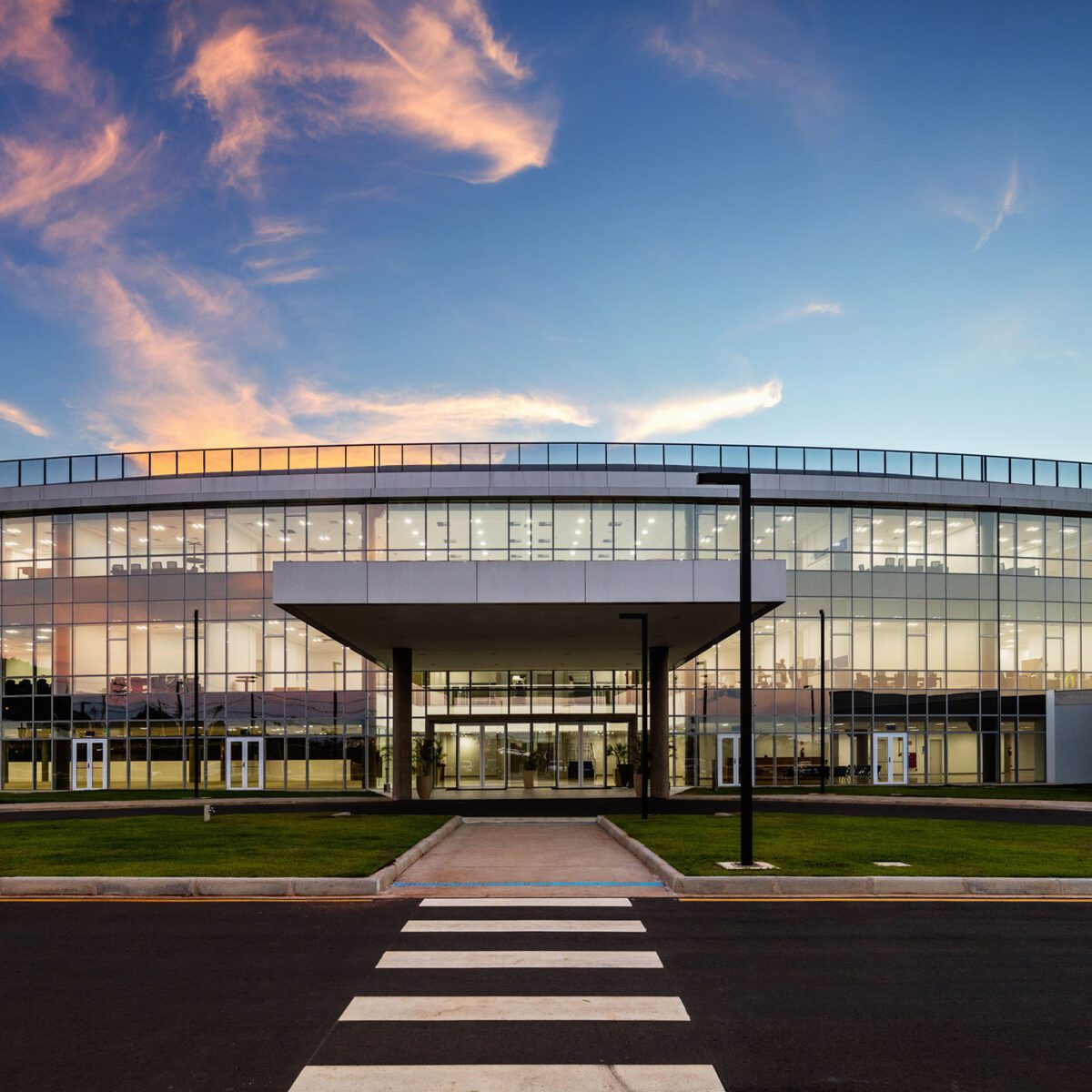
232 new projects will be carried out at the Sirius beamlines during the first half of 2024
The Brazilian Center for Research in Energy and Materials (CNPEM), an organization overseen by the Ministry of Science, Technology and Innovation (MCTI), has released the list of scientific projects selected to be conducted within the research facilities at Sirius, Brazil’s largest and most complex research infrastructure dedicated to analyzing the structure of all types of matter at the micro and nano scales.
Two hundred and thirty-two research proposals were selected from the 431 submitted during the third official call for projects to be conducted at Sirius, which received submissions from August 15 to September 6 of this year. The selected research projects will be carried out during the first half of 2024.
Roughly 21% of the proposals were received from new users, researchers who have never used the open facilities in any of the four national laboratories that are part of CNPEM.
Foreign researchers from 11 different countries were responsible for submitting around 11% of the proposals; these countries include Argentina, the United States, China, and Norway.
The selected research projects are concentrated in the areas of materials science and nanotechnology (38%), physics (18%), earth and soil sciences (12%), chemistry (7%), and biology and biotechnology (6%).
Significantly more proposals were selected during this third call than during previous ones, for two main reasons: new beamlines have opened, and a longer period to carry out the research.
During the first half of 2024, more shifts will be available for external researchers at the Sirius beamlines, as a result of an operational stoppage scheduled from July 29 to October 5.
During this time, the accelerators at Sirius will be turned off and the tunnel will be open to install the superconducting radiofrequency cavities, which will boost the operating current from 100 to 350 mA.
The 2024 operations calendar is available here.
The submissions undergo a distributed double-blind evaluation process in which everyone submitting a proposal is also a potential reviewer in that same call for proposals, within their specialty areas. At least five reviewers assess each proposal.
This anonymized process is also implemented for research projects submitted by CNPEM’s own researchers. After the distributed evaluation phase, the process moves to review by the Scientific Proposal Evaluation Committee (CACIP) before information about the submitting and reviewing researchers are revealed in order to ensure that the scores assigned by the reviewers are consistent with the opinions they have expressed.
Designed and built by Brazilians and funded by the Ministry of Science, Technology, and Innovation (MCTI), Sirius is one of the most advanced synchrotron light sources in the world. This huge assembly of equipment centers around a state-of-the-art electron accelerator which produces a type of light that can reveal the microscopic structure of organic and inorganic materials. These analyses are conducted in research stations called beamlines. Sirius contains various beamlines which are optimized for different kinds of experiments that function independently, allowing several groups of researchers to work simultaneously on different studies in a variety of areas like health, energy, new materials, and the environment.
The different experimental techniques offered by the beamlines at Sirius make it possible to observe microscopic aspects of materials like the atoms and molecules they contain, their chemical states and spatial organization, as well as to monitor changes over time in physical, chemical, and biological processes that take place in fractions of a second. Beamlines can also allow researchers to see the resulting changes when the materials are subjected to different conditions like high temperature, mechanical stress, pressure, electrical or magnetic fields, or corrosive environments. This is one of the main advantages of synchrotron light sources over other experimental high-resolution techniques.
The beamlines at Sirius are advanced scientific instruments that were designed to solve problems in strategic areas for Brazilian development. Ten beamlines are now available to the scientific and technological community, within a group of 14 lines originally planned to cover a wide variety of scientific projects. Sirius can house a total of up to 38 beamlines.
A sophisticated and effervescent environment for research and development, unique in Brazil and present in few scientific centers in the world, the Brazilian Center for Research in Energy and Materials (CNPEM) is a private non-profit organization, under the supervision of the Ministry of Science, Technology and Innovation (MCTI). The Center operates four National Laboratories and is the birthplace of the most complex project in Brazilian science – Sirius – one of the most advanced synchrotron light sources in the world. CNPEM brings together highly specialized multi-thematic teams, globally competitive laboratory infrastructures open to the scientific community, strategic lines of investigation, innovative projects in partnership with the productive sector and training of researchers and students. The Center is an environment driven by the search for solutions with impact in the areas of Health, Energy and Renewable Materials, Agro-environment, and Quantum Technologies. As of 2022, with the support of the Ministry of Education (MEC), CNPEM expanded its activities with the opening of the Ilum School of Science. The interdisciplinary higher course in Science, Technology and Innovation adopts innovative proposals with the aim of offering excellent, free, full-time training with immersion in the CNPEM research environment. Through the CNPEM 360 Platform, it is possible to explore, in a virtual and immersive way, the main environments and activities of the Center, visit: https://pages.cnpem.br/cnpem360/.
Component is the first of its type to be installed in the storage ring of a synchrotron light source
A joint effort, involving local and external researchers, validated crystallographic study of small molecules, alongside the usual with proteins